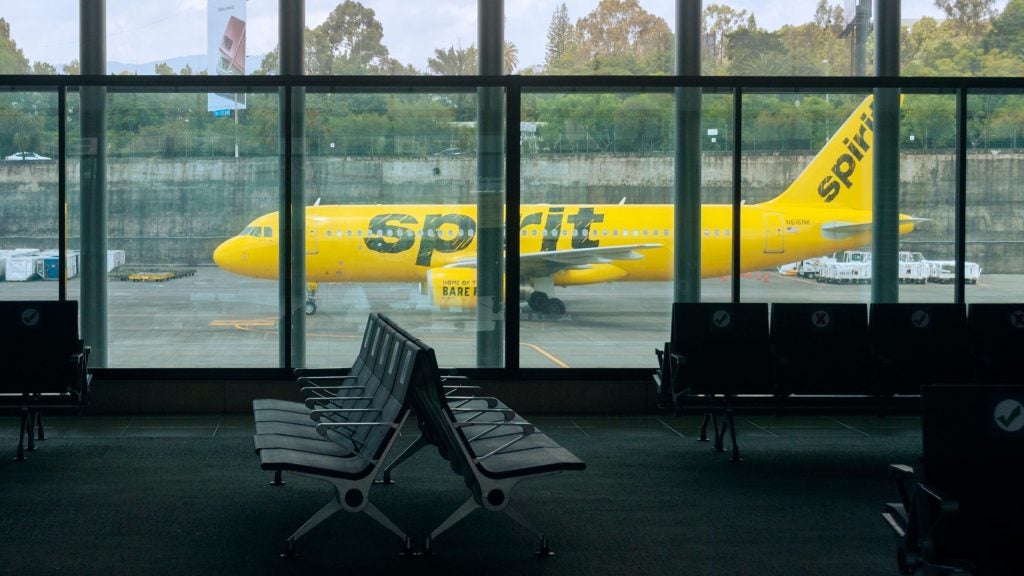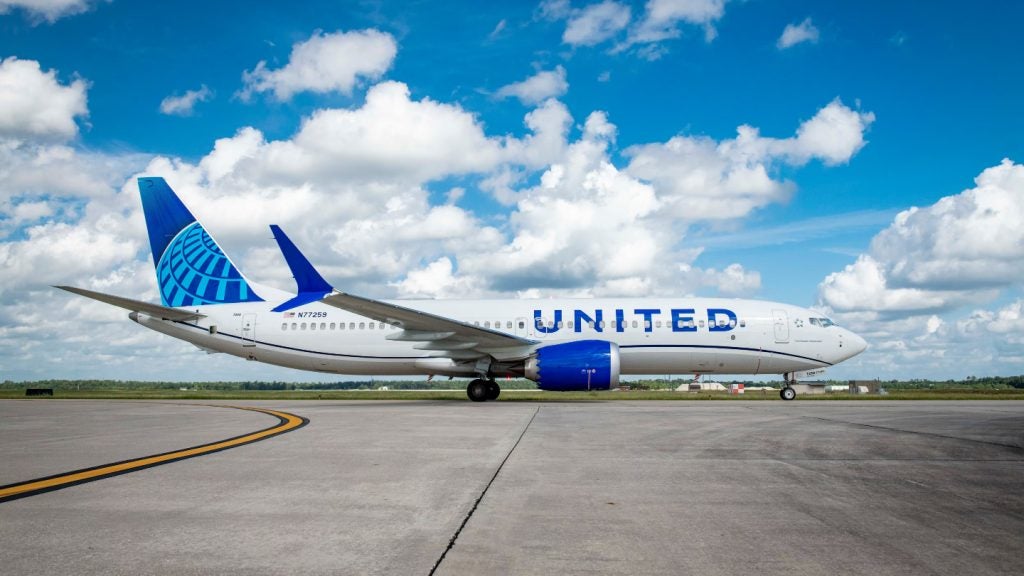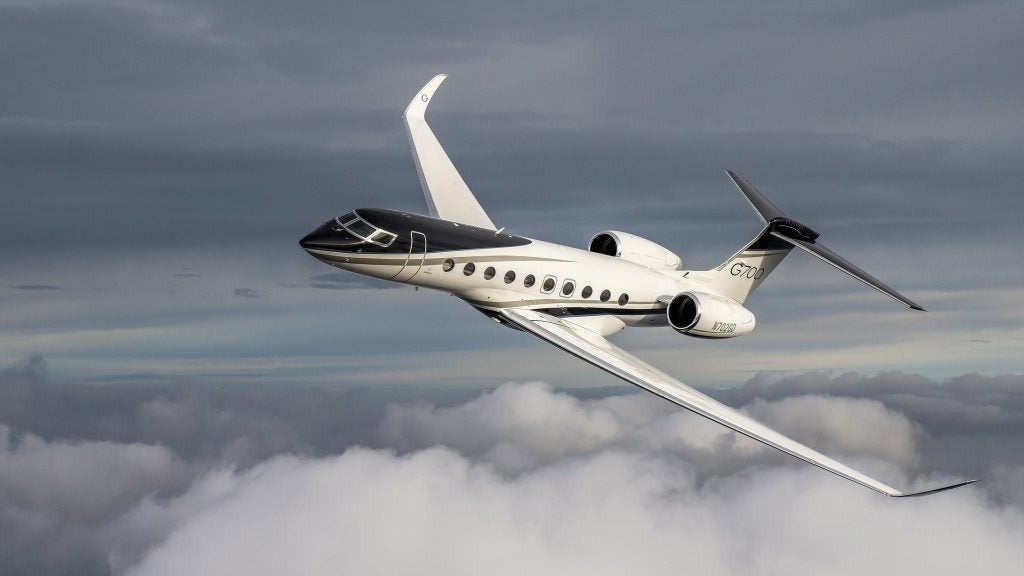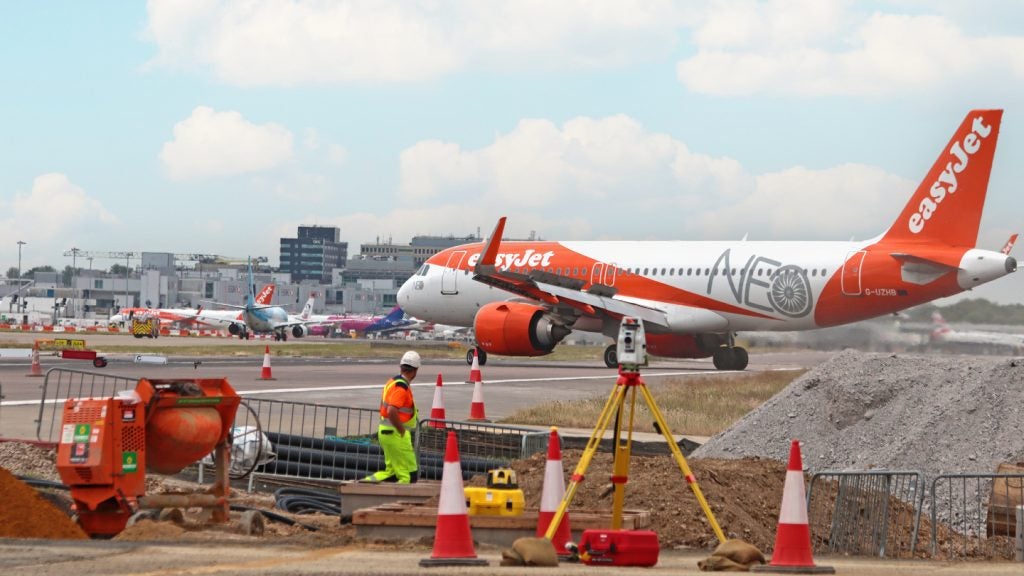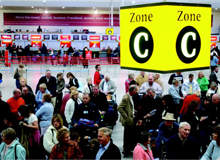
The European air traffic network continues to grow in volume and complexity. Managing it demands that many priorities are dealt with simultaneously, with the need for greater efficiency balanced by the need to maintain – or improve – levels of security and safety.
At the heart of the network is Eurocontrol, the European organisation for the safety of air navigation, which develops, coordinates and plans Europe’s ATM strategies.
Eurocontrol’s primary objective is to develop a seamless, pan-European ATM system, to address the challenges facing the industry in the years to come. While Eurocontrol would admit that it still has a mountain to climb, its progress towards improving the efficiency of ATM has been impressive.
JUST A MINUTE
George Paulson, director of Eurocontrol’s ATM programme, says: "We set targets in 1999 for delays for aircraft at departure of no more than one minute by 2006, which we thought was ambitious.
See Also:
We measure delays and their causes from all departures in Europe, which number around 30,000 flights every day. For ATC – outside the airports – the average delay is now only one minute and 30 seconds."
How well do you really know your competitors?
Access the most comprehensive Company Profiles on the market, powered by GlobalData. Save hours of research. Gain competitive edge.

Thank you!
Your download email will arrive shortly
Not ready to buy yet? Download a free sample
We are confident about the unique quality of our Company Profiles. However, we want you to make the most beneficial decision for your business, so we offer a free sample that you can download by submitting the below form
By GlobalDataThis progress is particularly impressive given that air traffic in Europe has risen by an average of over 4% per annum in the last three years. "The traffic over Europe is blossoming, but delays are progressively declining," he says.
Furthermore, according to Paulson, the measures taken so far have already led to a reduction of €1bn in costs from the bottom line of aircraft operators in Europe over the last five years, despite an overall rise in air traffic of just under 20%. This, he believes, puts the ongoing calls for greater efficiency in ATM into perspective.
REDUCED SEPARATION
In part, the reduction in en route delays has come as a result of the halving, to 300m, of the Reduced Vertical Separation Minimum (RVSM) introduced in 2002 in over 40 countries in Europe and North Africa.
This provided additional cruising levels and contributed to better fuel conservation, greater flexibility in ATM and fewer in-flight delays.
Nevertheless, Eurocontrol is not about to rest on its laurels. "We are pleased, but not complacent," says Paulson. "We have achieved what was at the limit of our expectation, but our plan now is to extend that trend and get the average delay down to one minute and get even more efficiency into the system."
RISING TO THE CHALLENGE
A key project in pushing the drive for efficiency further is the Dynamic Management of the European Airspace Network (DMEAN). The objective of this project is to bring together important initiatives from Eurocontrol, including projects for airspace design, collaborative decision making, the flexible use of airspace, and air traffic flow and capacity management into a single framework programme.
DMEAN is intended to provide a coherent set of enhancements to Europe’s operational environment to meet the needs of all airspace users, be they civil or military.
It focuses on improved planning and information sharing to enable joined-up thinking across the network. "In the next four years, we can drive 18% more capacity by doing what we do now, but doing it better," says Paulson.
With collaborative decision making and improved information sharing, all parties involved in the management and processing of aircraft will have a clearer idea of when and where an aircraft will arrive, allowing ATC providers and groundside service providers to prepare for the expected workload in a timely and appropriate manner.
FLEXIBLE SERVICE
In 2006 Eurocontrol’s dynamic system will be introduced and ramp up through to 2009. Paulson expects the effect to be significant.
He says, "We want ATC service providers to be flexible in the number of operating positions available each day and the number of staff they deploy, so that they can meet the expected demand. We also want to give more flexibility to operators, allowing them to offer a different flight level or routing based on our near real-time analysis."
A key part of this will be promoting greater cooperation with the military to enable more effective sharing of airspace. "We have very good, positive relationships with the military. We want more flexibility so that we can make better use of their airspace when they are not operating," he adds.
EFFICIENCY DRIVE
It would seem that demands for greater efficiency in ATC are being listened to and that action being taken in Europe is having a major impact. Delays are down, and the cost of ATC seems to be falling. Already 2% lower in 2005 than in 2004, first indications from ATC providers for 2006 suggest a further drop of 4% in the cost to airlines per flight of ATC.
Now the spotlight is turning towards airports and the role they must play in adding capacity and reducing delays. It would seem that little progress has been made in this area, and the need is ever growing.
Paulson says, "We have a one minute and ten seconds delay to departures, and the same on the airport side. So, there is now a major initiative to reduce delays and increase efficiency at airports. Runway incursions, for example, can be a major problem, and we include that in our brief."
AIRSIDE EFFICIENCY
According to Eurocontrol’s data, ten European airports create 50% of the delays. More generally, 30 European airports are responsible for 90% of delays. The solution to the problem of increasing capacity is unlikely to come from adding runways or constructing new airports. Another way must be found.
"We have to make use of what we have," says Paulson. "Gatwick and Heathrow, for instance, are at the limit of their capacity, so we have to look at improving airside efficiency, working with the national authorities and ATC service providers."
It is here that the collaborative decision making initiative will perhaps have the most traction.
It will mean that information on arrivals, departures, types of aircraft, ETA, ETD, stand facilities, catering and maintenance support are shared through the same software programme – for every flight and across all relevant aspects of the airport’s services.
Thus, fuelling, catering and maintenance crews could be ready and waiting for each aircraft and local ATC providers and the control flow management unit in Brussels will also have the same up-to-date information.
Already in operation in Spain, this system will be rolled out further next year.
Paulson says, "We are developing a system that will sequence, plan and monitor the flow of aircraft as they call for push and start, with a view to reducing the delay at the holding point. We will start with trials across Europe and will push the system out over the next five years.”
“With this kind of information, everyone in the game can handle their flight."
SMALLER AIRPORT SURPLUS CAPACITY
All this helps the larger airports most, so more effort is now being focused on smaller airports, which now play a more important role in Europe’s air traffic network.
"Smaller airports don’t use all of their capacity," says Paulson. "Some have as much as 30% capacity that could be released if their operations were up to the same standard as the best in class. We are now focusing on releasing that capacity."
In the eyes of Eurocontrol, the importance of freeing up this capacity cannot be underestimated. Paulson says: "We believe that by 2025 there will be 3.7 million flights in Europe that will not be able to operate because of airport capacity constraints, so our objective is to grow that capacity safely and efficiently so that these flights can be handled with a delay of less than one minute per aircraft. It is a major push."
CONTROLLING COMPLEXITY
The answer to the problem of the increasing complexity of the network, along with the challenges to capacity and efficiency to which this gives rise, is essentially simple, although difficult to implement.
"The key is information – real-time, accurate data must flow through the network so that there are no surprises and people know what to expect," says Paulson. "We have made massive strides in planning the network, but we now need to synchronise that planning and get all the players involved."
He does not anticipate any major technological breakthrough in the next five years that will revolutionise how ATC is handled, but believes many refinements need to be made, such as better data links between the ATC and the flight deck.
"Digital communications must supplement voice communication, not replace them, and we have a project under way to achieve this," he says. "It helps the controller with the workload, which can help to increase capacity."
Although such measures may have cost implications, Paulson also believes that the benefits outweigh any costs of investment required by the airports or airlines, and he believes that a clear business case has already been made for greater efficiency, increased capacity to handle more traffic and reductions in delays.
Overall, Eurocontrol believes that the successes it has achieved so far can be built on, to the benefit of ATC providers, airlines, ground staff and passengers.
"We are very bullish," says Paulson. "I am confident that, come 2009, delays of one minute at the airport and one minute en route will be achieved." If the cooperation of all stakeholders is firmly secured, then there is no reason to doubt his optimistic outlook.



